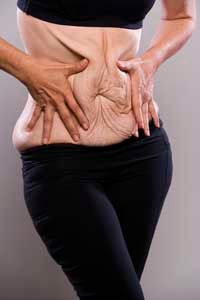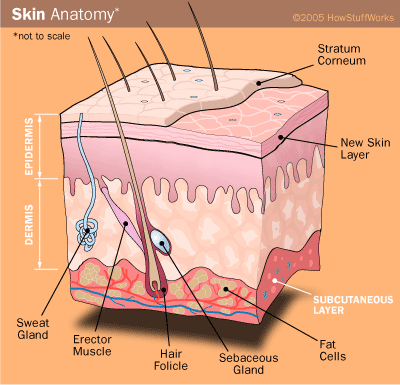After weeks of trimming a few calories here, exercising a little more there, you put on a pair of jeans, and like magic, the waist has grown. You button them up to behold a welcome space between your belly and the fabric. How did that happen?
With 78.3 percent of the adult American population defined as overweight (32.7 percent), obese (37.9 percent) or extremely obese (7.7 percent) according to 2013-14 stats from the Centers for Disease Control and Prevention, a lot of people are trying to drop some pounds. Through dieting, exercise, surgery or a host of other alternatives, they hope to reach the goal of a smaller body. But where does that weight disappear to when the hard work pays off?
Advertisement
The short answer is that our bodies convert molecules in fat cells to usable forms of energy, thus shrinking the cells. But getting this to happen isn't just about sweat bands and short shorts. Understanding how our bodies perform this tummy-trimming trick requires a little more detail.
We know that weight loss hinges on burning calories. Calories measure the potential energy in food you eat in the form of fats, proteins and carbohydrates.
If our bodies were cars, energy would be the gas that keeps everything running. Lounging in front of the television is like cruising the strip, while sprinting around a track is more like drag racing at maximum speeds. In short, more work means more energy.
The body uses some of those calories to digest food. Once the food is broken down into its respective parts of carbohydrates, fats and proteins, it either uses the remaining energy or converts it to fat for storage in fat cells. Fat cells live in adipose tissue, which basically acts like an internal gas station, storing away fuel reserves.
To lose weight, you must burn more calories, or energy, than you consume to start using up that fuel reserve. Essentially, you're not ingesting enough calories to fuel your additional exercise, so your body must pull from fat stores.
How? Go to the next page to get the skinny on the fat-burning process.
Advertisement





